
In an age of smart home gadgets and high-tech solutions, sometimes it’s the old-school tricks that save the day when it comes to plumbing. These timeless tips have been passed down through generations, offering simple, cost-effective solutions for common household plumbing issues. Whether you’re facing a clogged drain or a leaky faucet, these survival tricks can make a world of difference.
And the best part? They’re easy to do yourself, no fancy equipment needed!
Let’s dive into these tried-and-true plumbing hacks for keeping your home running smoothly.
1. The Baking Soda and Vinegar Drain Cleaner
One of the oldest tricks in the book, and perhaps the most effective for clearing minor clogs, is the baking soda and vinegar method. This natural solution is chemical-free and incredibly simple. Just pour half a cup of baking soda followed by half a cup of white vinegar down the drain. Cover it with a plug or cloth to keep the fizzing reaction contained, wait 10-15 minutes, and then flush the drain with boiling water.
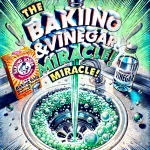
This trick works wonders on grease and organic material build-up in your pipes and can help prevent costly plumbing emergencies.
“The greatest wealth is to live content with little.” – PlatoRead more
Sometimes, a simple approach like this one is all you need to maintain your home’s plumbing system. But, if you notice persistent issues, it might be time to call in the professionals. RC Szabo Plumbing can take over when the DIY approach just doesn’t cut it.
2. Fixing a Leaky Faucet with Basic Tools
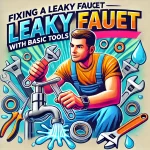
A dripping faucet can waste over 3,000 gallons of water a year, according to the U.S. Environmental Protection Agency (EPA) source. Fixing this common issue is easier than you might think and can be done with tools you already have at home.
First, turn off the water supply. Then, use a wrench to unscrew the faucet’s handle. Inspect the washer—these are often the culprits of leaks. If it’s worn out, head to your local hardware store to replace it.
“Success is the sum of small efforts, repeated day in and day out.” – Robert Collier
It’s the little things, like fixing a leaky faucet, that can save money and prevent bigger issues down the line.
3. Plunger: Your Best Friend
For both toilet and sink clogs, a plunger is a simple, effective tool every homeowner should know how to use. Make sure to use the right type: a cup plunger for sinks and a flange plunger for toilets.
The trick? Create a tight seal by placing the plunger directly over the drain. Press down and pull back with force, creating suction to dislodge the clog. Repeat a few times and check if the water drains properly.

This tool has stood the test of time because of its effectiveness—and it’s an essential part of any DIY plumbing toolkit.
4. Zip Tie Hack for Clogged Shower Drains
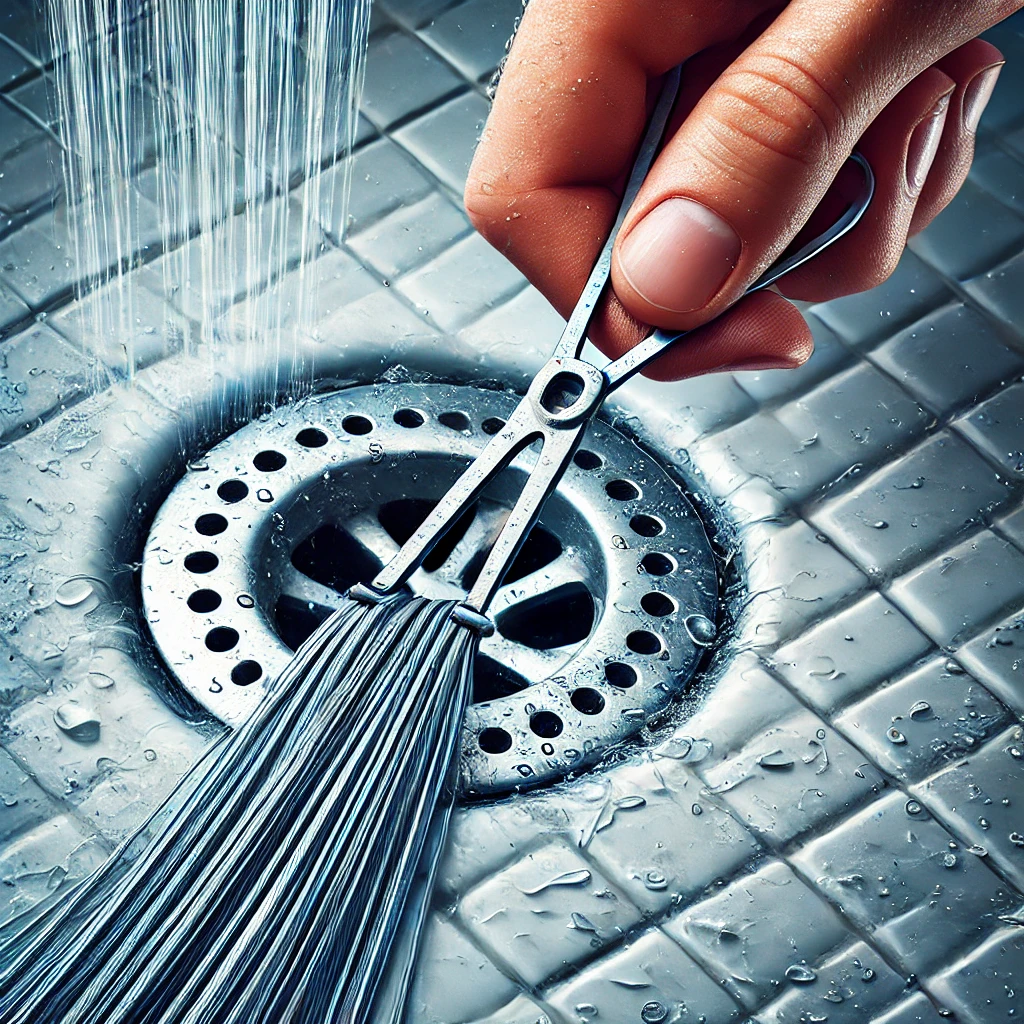
Is your shower draining slower than usual? Before you reach for chemicals, try this old-school trick using a simple zip tie. Cut small notches into the sides of a long zip tie, then slide it down the drain and wiggle it around. The notches will catch hair and debris, helping you pull out whatever’s blocking your drain. This method is not only quick but can prevent you from using expensive or harmful drain cleaners.
Need more plumbing advice or hands-on help with bigger issues? Don’t hesitate to contact RC Szabo Plumbing for professional assistance!
5. Teflon Tape for Threaded Pipe Leaks
Another age-old plumbing trick involves using Teflon tape (also known as plumber’s tape) to prevent leaks at pipe connections. Simply wrap the tape around the threads of the pipe before screwing it in. This will help create a tight seal and prevent any water from leaking out.
This trick is especially handy for preventing drips in joints under sinks and around hose attachments.
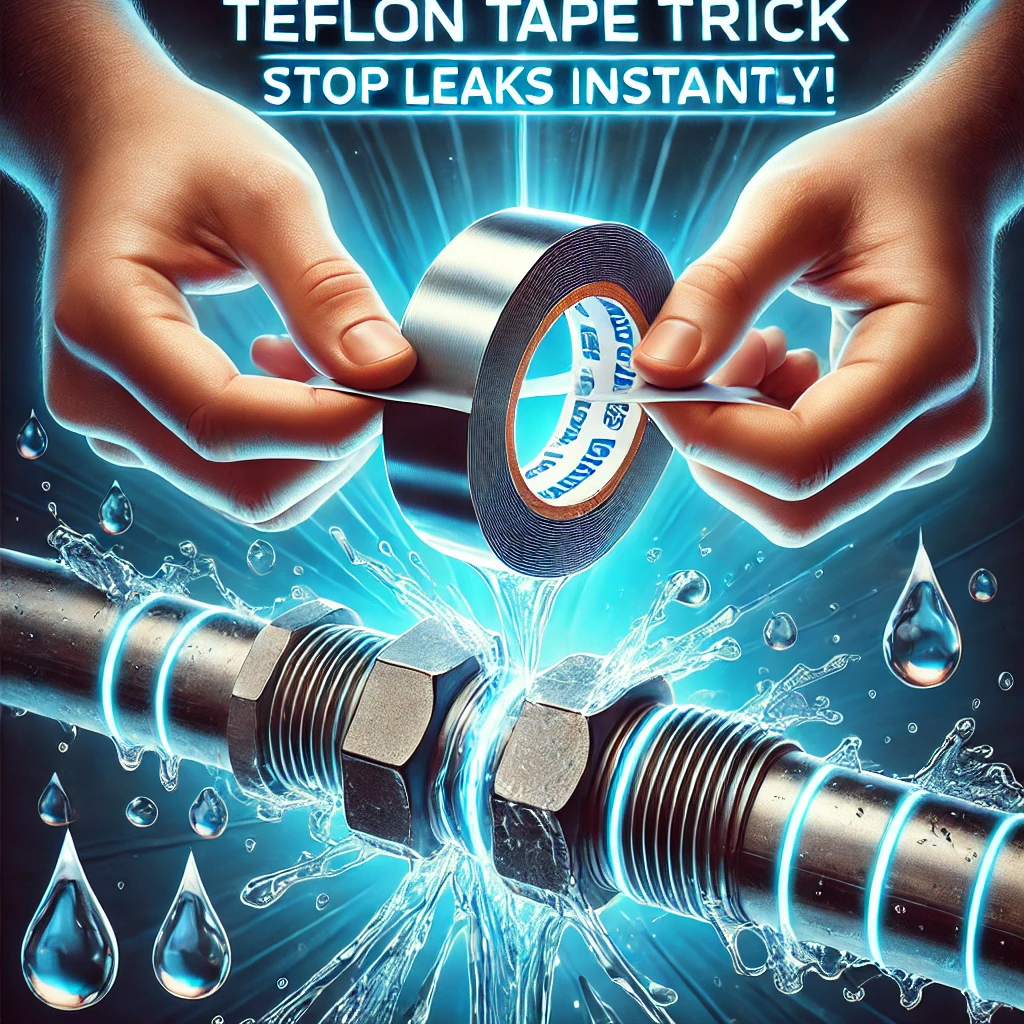
6. Boiling Water for Grease Buildup

We’ve all heard that grease can clog drains, but did you know that simply flushing your kitchen drain with boiling water can help? If you pour grease down the drain by accident, don’t panic. Run boiling water through the drain as soon as possible to help dissolve the grease before it hardens. To prevent future problems, dispose of grease in a jar or let it solidify in the trash.
According to a 2017 study by The Guardian, grease clogs are responsible for up to 75% of sewer backups in urban areas. Regular maintenance like this can go a long way in preventing costly damage. Read more.
7. Checking Water Pressure Regularly
Maintaining the correct water pressure in your home is key to preventing plumbing damage. Too much pressure can wear out your pipes, while too little can be a sign of a bigger issue, like a hidden leak. You can buy a pressure gauge at any hardware store for a few dollars. Attach it to an outdoor faucet and check that your pressure stays within the recommended range of 40-60 PSI.
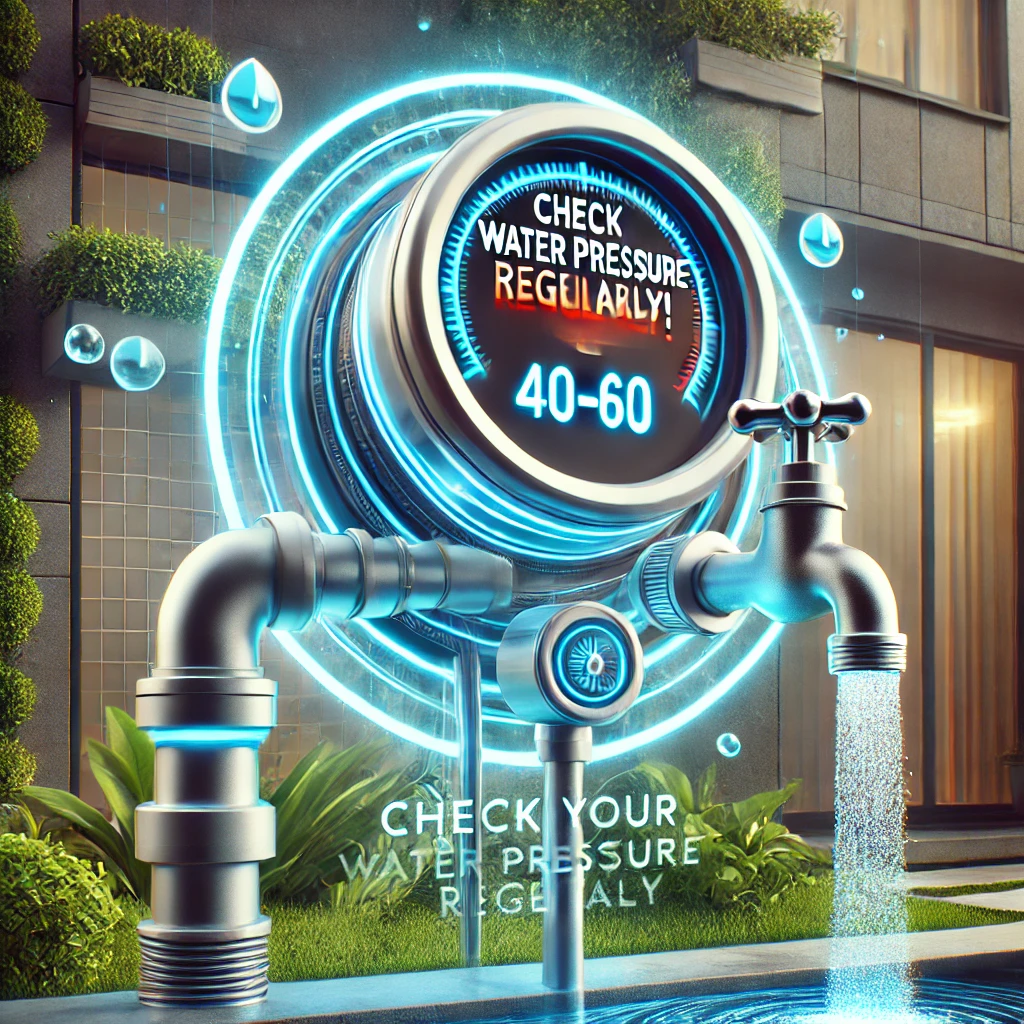
If your water pressure seems off, it’s better to be safe than sorry. A professional inspection from RC Szabo Plumbing can help you identify the root cause.
Conclusion
The beauty of these old-school plumbing tricks lies in their simplicity and effectiveness. While modern plumbing technology is incredible, these tried-and-true methods are essential for quick fixes and preventative care. Don’t let small issues turn into big problems—use these tricks to keep your home’s plumbing system running smoothly, and when in doubt, always consult a professional like RC Szabo Plumbing.
By applying a little know-how, you can save time, money, and frustration. Share this article and pass on these classic tricks—because a little old-school wisdom never goes out of style.
Sources:
These timeless tips combined with expert assistance can keep your home running like a well-oiled machine!
R.C. Szabo Plumbing & Sewer
Plumbers in Midlothian, IL 60471
Write Us a Review Or Check Us Out on GOOGLE Click Here!
[Facebook](RC Szabo Plumbing | Midlothian IL)
[LinkedIn](LinkedIn Login, Sign in | LinkedIn)




